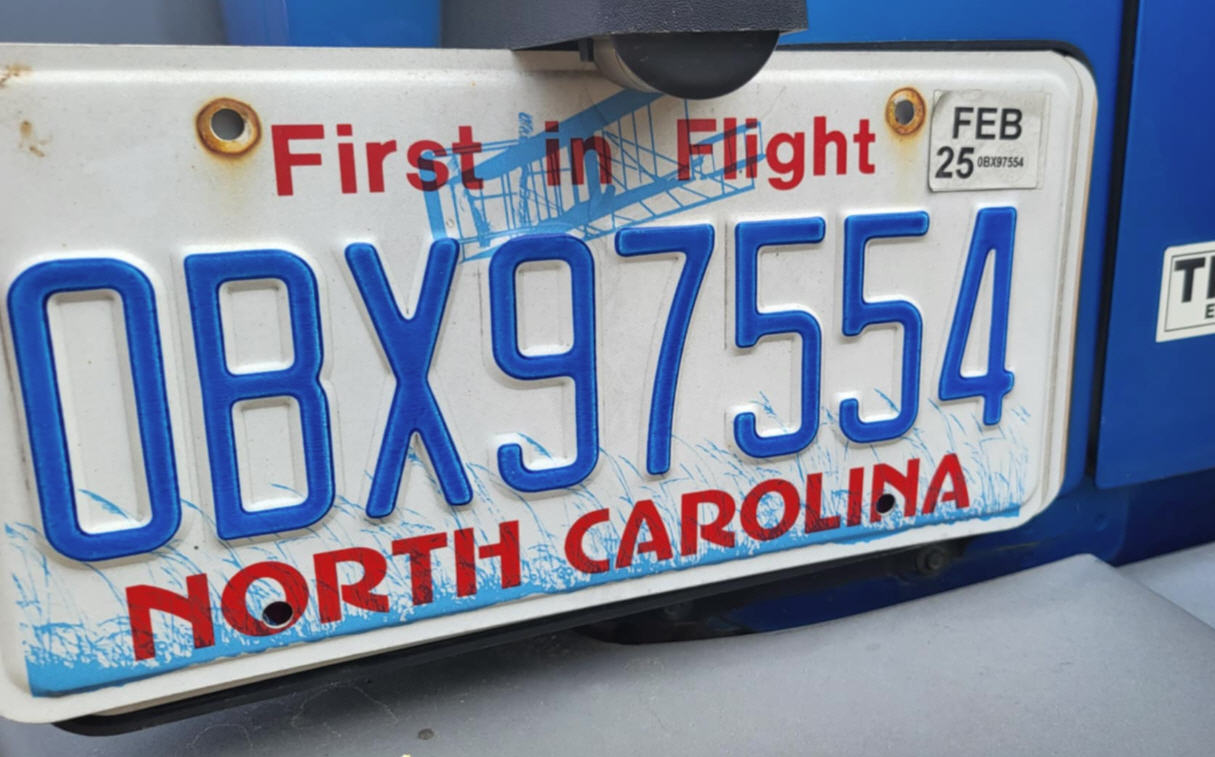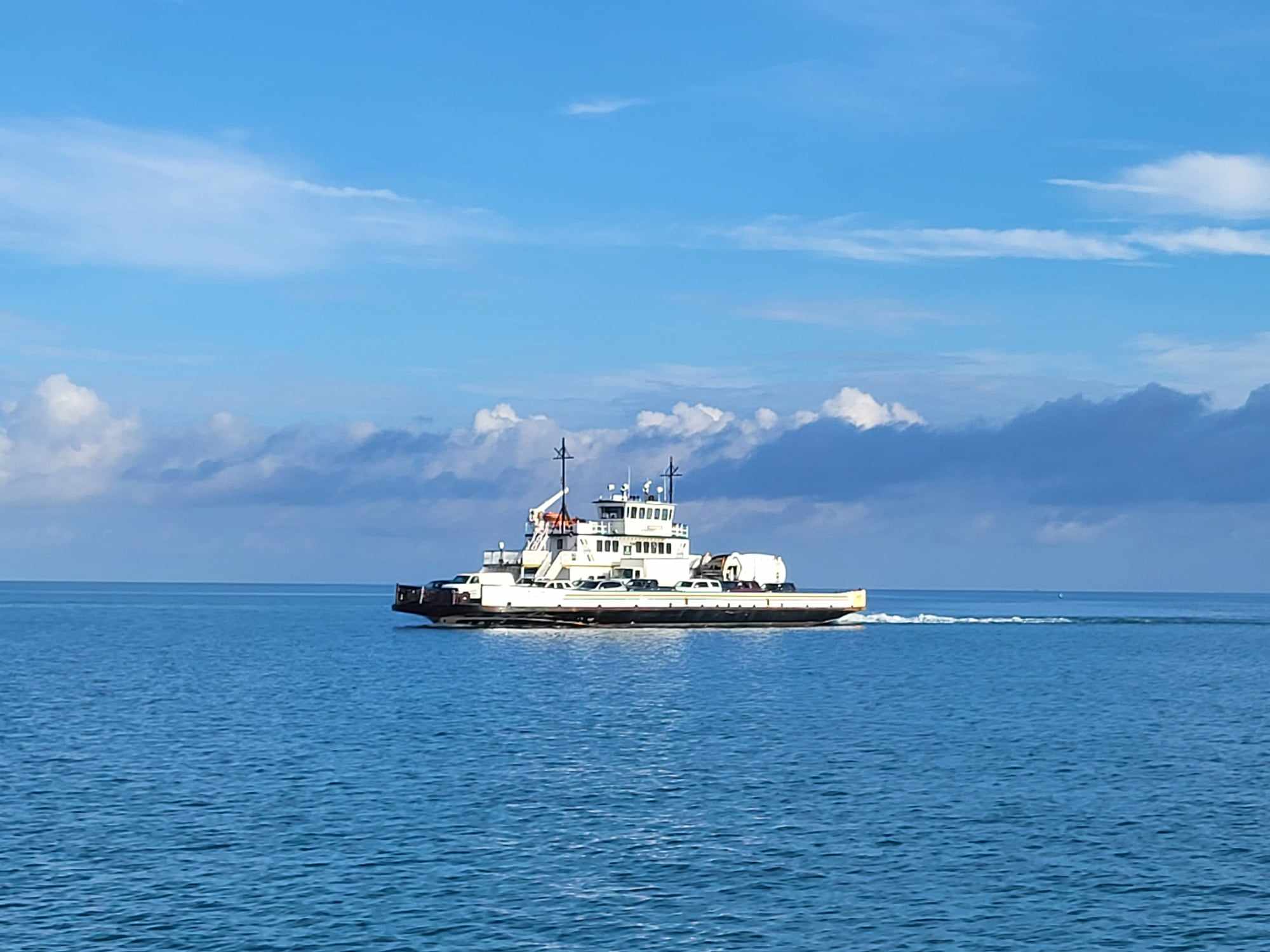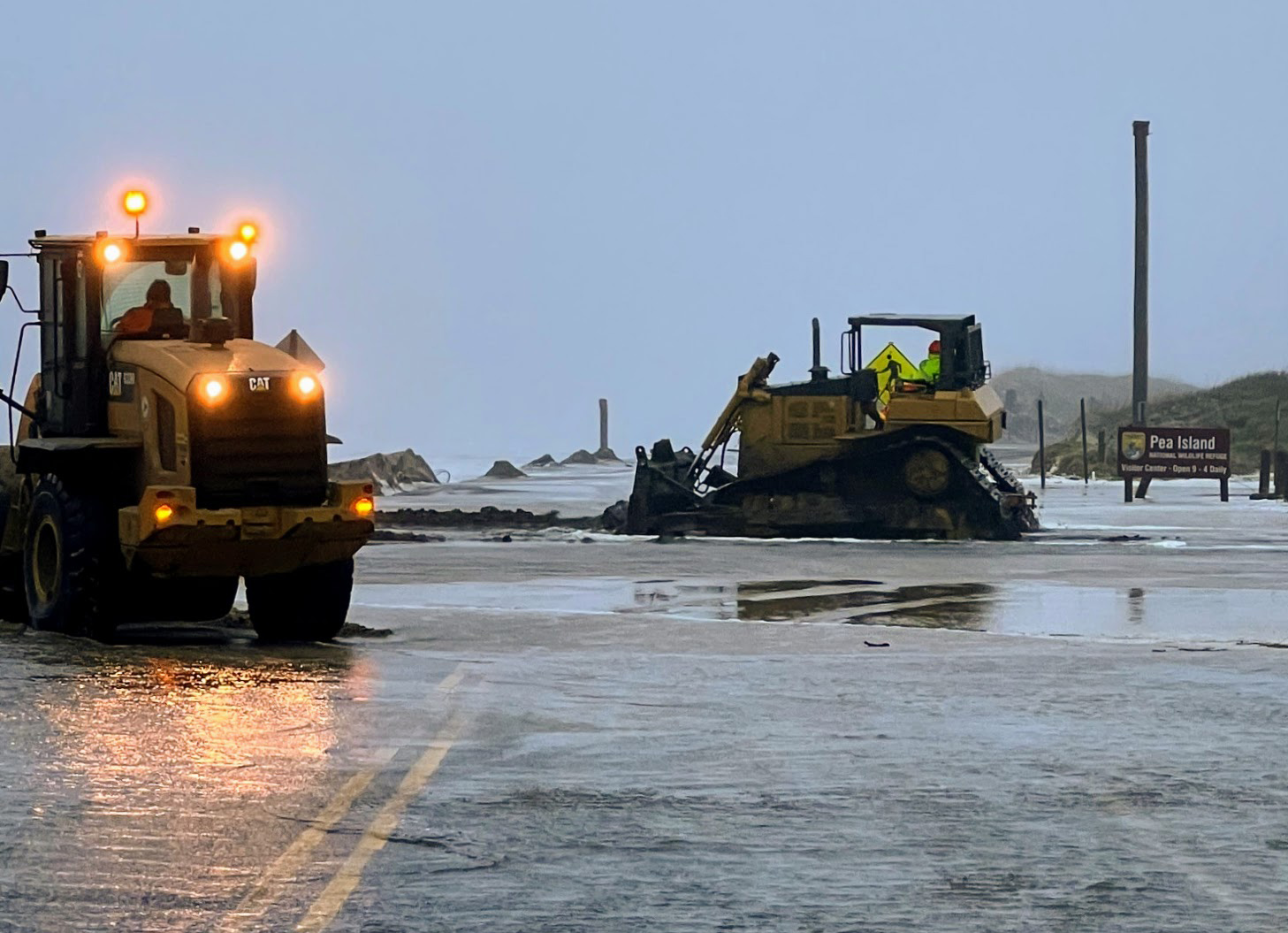Guest Column: Humans are part of nature, too!
How did I become an environmentalist who doesn’t trust environmental agencies and organizations? It took a lifetime…
As a child, I spent a lot of time in my grandmother’s house in a small coal mining town in West Virginia. Marmet is a “company” town where much of the housing and employment are controlled by the mine owners. The other major employers are the chemical plants including the DuPont chemical plant in nearby Belle.
Trains carrying coal rumbled by daily and, although the tracks were off limits, I frequently made a mad dash to snatch a piece of coal that bounced out of the open train cars. There was a wealth of play potential in the black lumps. They were light, so I could throw them at a target or, even better, maybe at one of the many cousins who always seemed to be visiting. And the softer ones made a great alternative to chalk for writing and drawing on things.
One of the highlights of my day was when my grandmother would allow me to throw out the garbage all by myself.
The house was raised about five feet so that the creek that ran about three feet away wouldn’t flood it when the water was high. After it passed the house, the creek disappeared into a culvert and eventually made it into the Kanawha River.
.
Taking the trash out meant slinging the paper bag over the porch railing into the creek so that the waters could wash it away. Six decades ago, it was a common practice and didn’t carry with it the same problems found today. Most households generated little trash and garbage. Leftovers were eaten or fed to livestock; glass jars containing vegetables, jelly, pickles and the like were saved to use for next canning season; milk and soda bottles were glass and were returned to the store to collect the deposits. There was no plastic or excess packaging from already-prepared foods.
All the plumbing probably also drained into the creek.
The sky was always blue and that didn’t seem unusual until I was older and realized that the always-blue sky was my misunderstanding. It was the air that was blue. There were few, if any, environmental regulations in the ‘50s and the blue tinge was from the unregulated chemicals belched out of DuPont’s smokestacks. There also was a foul smell but, as with many odors, after a while, one ceases to smell it.
A couple of decades passed before I began to think about the importance of protecting the environment. Villager dresses, circle pins and loafers were replaced with mini-skirts and tall boots. When I finally became interested in nature and natural resources, I had graduated to long skirts, blue jeans, hiking boots and flannel shirts.
Like many, with three young children and a lot of work that came with living in the mountains of Colorado, I depended on environmental organizations for news about the environment. If they stated something as fact, initially, I never questioned it. But as my understanding of science and environmental politics expanded, I found myself fact-checking newsletters and releases to see if they were accurate – often they were misleading. But I gave them the benefit of the doubt – perhaps the writer had misunderstood the topic.
Because of my understanding environmental science and the related law, as a journalist, I often was assigned stories about environment and government agencies that are tasked with its protection.
One particular story showed how devoid of fact that some government environmental agencies’ statements are.
A large number of dead turtles washed up on Corolla’s beach and drew the attention of the National Marine Fisheries Service. A statement was issued that it was thought to be caused by commercial fishing vessels because one was seen in the vicinity the day before the turtles were discovered. Also noted was that the turtles were sent to the state vet school for further study.
The necropsy results showed many had died from a wasting disease. And a large number of them had hook and lines in their stomachs or wrapped around their bodies. I asked why NMFS had not corrected the earlier statement and was told that the hook-and-line deaths were probably caused by anglers fishing from piers and inadvertently catching the turtles. The answer was a mind-blower – “Because they can’t help it and can only cut the line to get it off the pole.” They left the public with the impression that commercial fishermen were responsible for the deaths, although they knew otherwise.
I took a break from journalism to work for the North Carolina Fisheries Association as vice president of communications at the beginning of the work on the State’s Fisheries Reform Act. Part of my job was to visit with commercial fishing groups along the coast to find out what was acceptable to them and tell them how to get their voices heard. Because the fisheries vary along the coast, the ideas were broad – except for one item that was universal. The watermen knew more regulations were coming and they wanted the biggest problems addressed – loss of habitat, wetlands and declining water quality.
For more than a year, all the environmental groups in the state agreed and vowed to back the request. It made environmental sense. After a lot of hard work by a lot of smart people, the draft legislation was sent to mark-up before being introduced in the General Assembly.
I represented the commercial industry at the mark-up session. Lobbyists and/or directors of every major environmental group in the state were at the table. Together, we reviewed the bill’s language and there were no surprises until we got to the part about the creation and implementation of Coastal Habitat Protection Plans to address the loss of habitat, wetlands and water quality. As previously agreed, it was included in the draft legislation, but there was no effective date for the plans. It just noted that the plans were to be developed and implemented – at some point. Thinking it was just an error, I quickly noted that the “hammer” was missing. It was so open-ended that the state could wait a century before giving thought to it.
There was absolute silence for several minutes. Finally, Bill Holman, later the director of the Clean Water Management Trust Fund, simply said, “You’re right.” My impression was that Bill also was unhappy with the omission.
I didn’t stop arguing for it to be corrected but no one responded except for the attorney who drafted the bill. She said that if an effective date was added, the General Assembly wouldn’t approve it.
The combined members of all the organizations at the table had enough strength to get just about anything we collectively wanted. I finally realized that the environmental groups had traded “the hammer” for something else that they wanted and weren’t going to share just what that something was.
More than 10 years later when the Coastal Habitat Protection Plans finally became a reality, one of the environmental groups sent out a letter-to-the-editor taking credit for getting the plans. Of course, there was no mention of the fact that they had contributed to causing them to be delayed by a decade.
Environmental groups can and have had positive influence but often misstate the facts, usually to create the impression of a looming crisis. As groups have grown larger and larger, much of the effort has shifted from the core mission of helping to protect the environment to fund-raising to obtain revenues needed to pay the tab for growing administration cost. An easily provable fact is that if there is not a perceived crisis, donations are lower.
An old newspaper adage that’s rarely said aloud anymore – although still frequently followed – is “If it bleeds, it leads. If it doesn’t bleed, cut it with a knife.” The same can be attributed to some of the nonprofit environmental groups that go to extremes to make situations sound 10 times more critical than they are. And they refuse to accept that the fact that humans are part of nature.
Little more than a decade ago, King Cove, Alaska, residents asked for permission to extend a dirt road through the wildlife refuge to Cold Bay. The refuge cuts off King Cove residents’ access to hospitals that can take care of critically ill or injured patients. The only options available to reach the hospitals were by boat or helicopter, both nonstarters when the weather is bad. Environmentalists, backed by former Vice President Al Gore, stopped a bill which would have allowed clearing the last seven miles needed to reach Cold Bay. The road was to be for emergency use only but the environmentalists argued that it would destroy habitat needed by wildlife.
The late Sen. Ted Stevens was so outraged that he managed to get millions in appropriations to add a clinic, a new airstrip and other improvements to try to help solve the problem. For a while, ferries were put into service but that ended a couple of years ago because of extremely high maintenance cost and because they also were shut down in bad weather.
King Cove’s population is about 1,000, half of whom are indigenous Native Americans. Last year, they went back to Congress and again asked for permission to build the emergency-use-only road because there have been more than 10 deaths that could possibly have been prevented if they had had proper level of medical care. Again, because of the influence of environmental organizations, the answer has been no. I have to wonder how anyone who would fight to save a salamander couldn’t do the same for a human being.
The fight continues over replacing the Bonner Bridge and ensuring access to Hatteras Island. Whether the replacement should be beside the existing bridge or go into the sound has become a circuitous argument. But the continued suggestion that ferries should be the preferred option has been consistent for decades. If the groups don’t understand why that won’t work, they need only to look at their own handiwork in King Cove – Defenders of Wildlife has a hand in each. And to say that man shouldn’t be living on the island is about 400 years too late. He does and he is part of that environment. There can be solutions that take humans into consideration.
And the negative impacts from the off-road vehicle rules are not only ignored, they are the subject of many out-and-out lies. For the past few years, the increasing amount of occupancy tax collected has been used to try to say that shutting off miles of beach to vehicles and pedestrians has increased business on Hatteras Island. That is not true and the tax collected only reflects how much is charged. Increases in tax rates, increases in rental prices, IRS mandates to start taxing services such as bike rentals, linens and cribs and other such items are reflected in the taxes collected. The amount is not an indicator of how many visit the island.
I choose to live in an area surrounded by a National Wildlife Refuge because I love nature. I have a strong belief that everything around us is a gift from God and that we have a moral responsibility to take care of it, appreciate it and to ensure its viability.
Man can be and often is destructive if left to his own devices so while many are advocating that regulations be done away with, I know that we must rein in activities that destroy this gift. At the same time, God made man as part of this nature world and that, too, must be acknowledged. In many ways, it is difficult to decide which is worse – over reaching environmental groups or groups that think there should be no controls. They are both doing damage to nature that includes man.
There are solutions but to get to them, the rhetoric and self-serving power struggles have to be put to the side. There are solutions, but it is going to take those of us in the middle to find them.
I would like to find a solution that would allow Marmet residents to continue to earn a living while being able to truly see blue sky instead of blue air and breathe clean air instead of coal dust.
(Sandy Semans Ross is a retired journalist and former editor of the Outer Banks Sentinel You can read more of her blogs at http://www.sunshineOBX.blogspot.com.)













